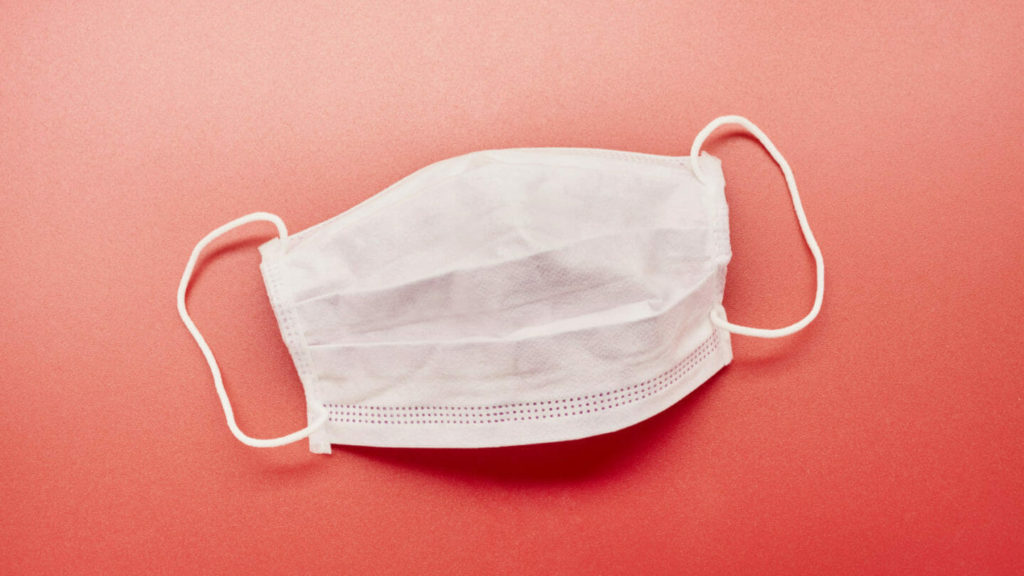
Although COVID-19 isn’t quite in the rear view mirror, especially for senior living and other long-term care providers, some states are dropping pandemic-related restrictions that affect providers.
Colorado, for instance, recently updated its COVID-19 mitigation and outbreak guidance for assisted living, dropping masking and screening requirements, whereas California’s governor has announced that the pandemic state of emergency in that state will end early next year. And Illinois has updated its masking and testing requirements.
The moves come as the federal government has extended its public health emergency related to COVID-19 for at least another 90 days.
In its updated guidance for assisted living residences and group homes, the Colorado Department of Public Health & Environment separated the settings from federally regulated facilities such as nursing homes and intermediate care facilities. The guidance states that assisted living communities and group homes should follow community prevention strategies based on COVID-19 community levels, similar to independent living communities, retirement communities or other non-healthcare congregate settings.
LeadingAge Colorado Director of Public Policy and Public Affairs Deborah Lively told McKnight’s Senior Living that the revised mitigation guidance eases some regulatory burdens on assisted living communities while still following US Centers for Disease Control and Prevention guidelines.
Each Colorado assisted living provider still is required to have an infection prevention and control plan, have one trained staff member to oversee infection prevention in a community, have a COVID-19 vaccine plan — including setting up vaccination clinics for residents and staff — and have an outbreak response plan.
“The revisions allow assisted living residences to offer more person-centered care in a more home-like setting, which has been a challenge since the onset of the pandemic,” Lively said. “Assisted living residences are also hopeful that the changes will help with the recruitment and retention of direct care workers.”
The easing of masking requirements and the fact that providers no longer will be subjected to surveillance testing when not in outbreak status lowers the burdens on staff members, Lively said.
The CDC updated its face covering guidance in February, and over the summer, recommended indoor making only for communities deemed to be at high risk for COVID-19 based hospitalization, social hospital capacity and new infections.
Over the course of the pandemic, 39 states, Puerto Rico and the District of Columbia had orders in place broadly requiring masking in public, according to LeadingAge. On the other hand, several states adopted legislation or issued executive orders to prevent local governments and school districts from mandating masks.
California to end public health emergency
Meanwhile, in California, Gov. Gavin Newsom (D) on Monday announced that the state will end its COVID-19 state of emergency on Feb. 29. The timeline, he said, gives the healthcare system flexibility to handle potential surges in January and February, and it also will give state and local partners more time to prepare for the phaseout.
Of the 596 pandemic-related orders Newsom issued, 27 remain in effect, according to the Associated Press. All of those will end once the emergency declaration is lifted.
Earlier this year, the California Department of Public Health released the California SMARTER (Shots, Masks, Awareness, Readiness, Testing, Education, Rx) Plan: The Next Phase of California’s COVID-19 Response.
In an update to the SMARTER Plan, the CDPH indicated that more than 81 million vaccines have been given in California, with 85% of the population receiving at least one dose. There have been over 2 million bivalent doses reported by the state, with 65% of all doses administered to older adults. CDPH indicated that it continues to collaborate with long-term care facilities and local pharmacies to ensure access to vaccines in those settings.
When it comes to masks, CDPH said it plans to continue requirements in senior living and other long-term care settings, as well as other healthcare settings, to wear them throughout the winter.
CDPH updated several state public health orders to remove screening testing requirements for unvaccinated workers. The agency said it continues to encourage high-risk settings, including senior living communities, to maintain testing capacity to be able to perform diagnostic screening testing during outbreaks.
To maintain the state’s COVID-19 lab testing and therapeutics treatment capacity, Newsom said he will seek two statutory changes to continue the ability of nurses to dispense COVID-19 therapeutics and the ability of lab workers to solely process COVID-19 tests.
“As we move into this next phase, the infrastructure and processes we’ve invested in and built up will provide us the tools to manage any ups and downs in the future,” Secretary of the California Health & Human Services Agency Mark Ghaly, MD, said in a statement. “While the threat of this virus is still real, our preparedness and collective work have helped turn this once crisis emergency into a manageable situation.”
Illinois adjusts COVID-19 requirements
Meanwhile, Illinois Gov. JB Pritzker (D) on Monday updated masking and testing requirements for assisted living and other long-term care and healthcare settings to align with CDC recommendations.
The updated executive order removes the weekly testing requirements for unvaccinated long-term care and healthcare workers, including those at assisted living communities that were covered under previous Illinois Department of Public Health guidance for long-term care facilities.
The amended order also removes the state-issued vaccine mandate for long-term care and healthcare employees, except for employees at Medicare and Medicaid-certified facilities facilities following Centers for Medicare & Medicaid Services vaccination requirements.




